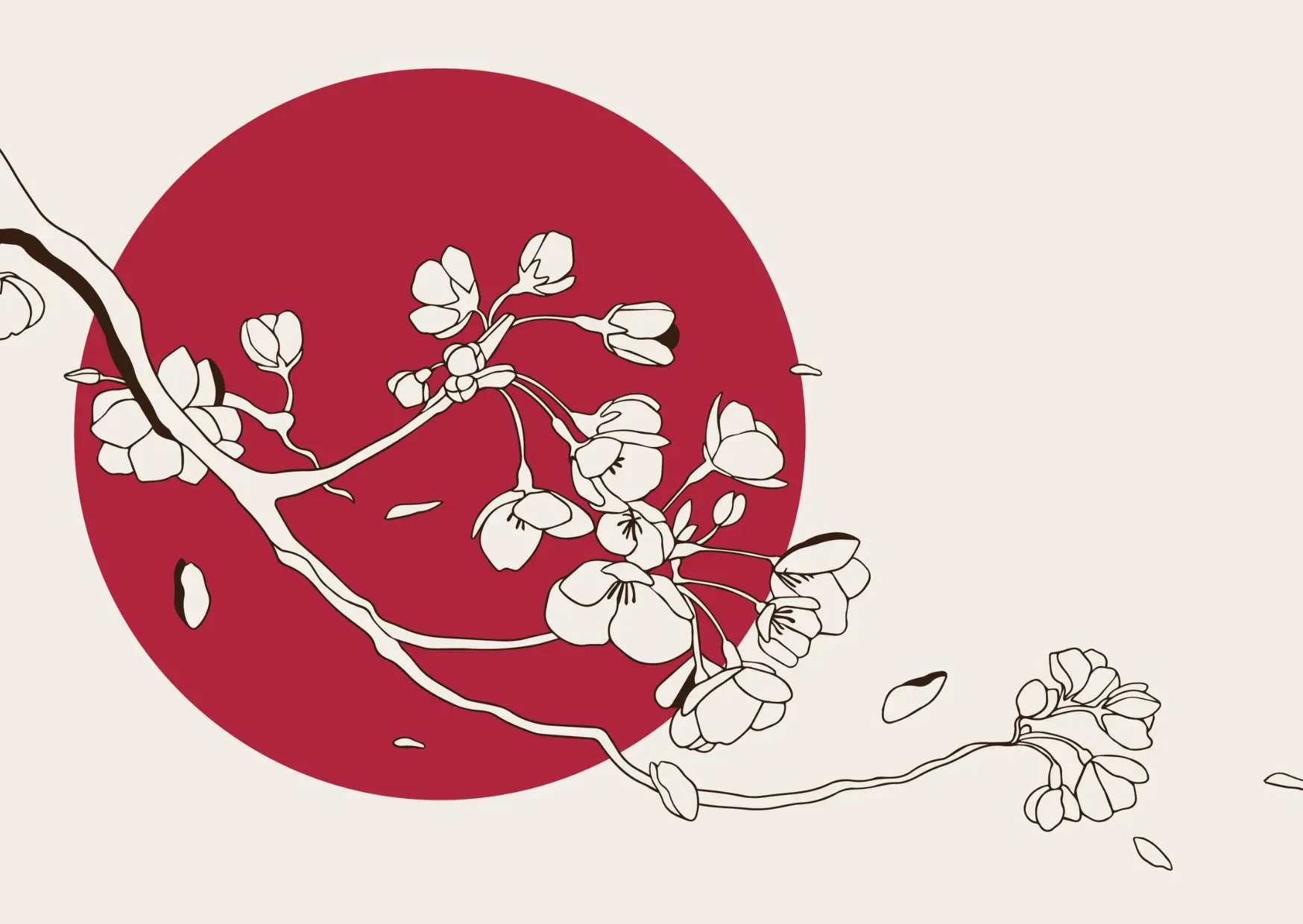Exploring Japan’s Funeral Industry
26th September 2025

Members Only
By All Japan Funeral Directors Co-Operation (ZENSOREN)
Japan’s funeral industry is evolving uniquely, blending tradition with innovation. The FIAT-IFTA I.C.D. conference in Yokohama offered an excellent opportunity to share the current state of the industry and its challenges, while strengthening international networks. Going forward, deepening cultural understanding will be key to enhancing global collaboration and progress in the funeral sector.
Members Only Content
This article is exclusive to FIAT-IFTA members. Join our community to access full articles, industry insights, and discover all the member benefits.